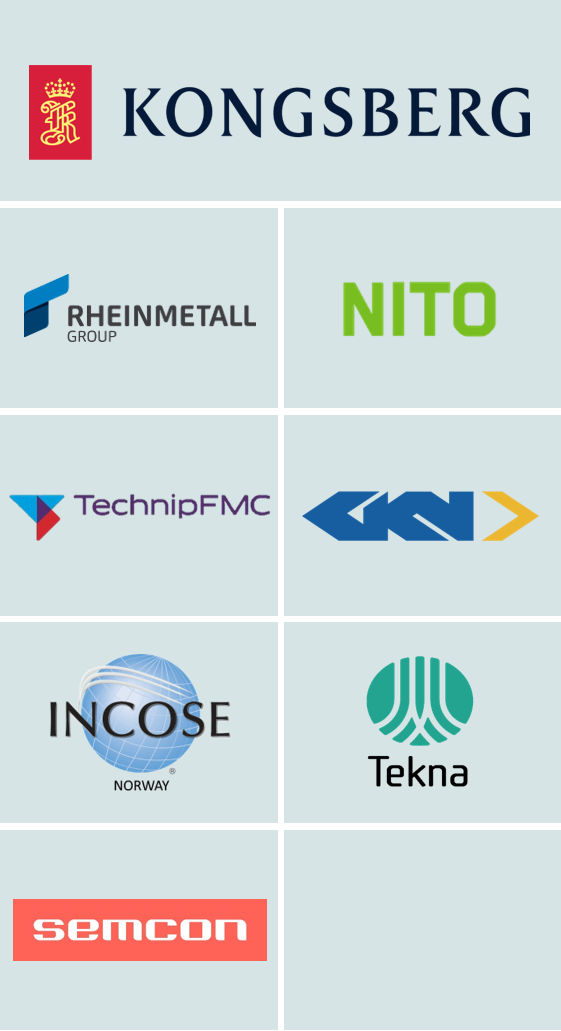1.Usability can be ‘engineered’ into systems.
2.Usability can be quantified.
3.Usability requirements can be quantified
4.Usability design and architecture can be quantified, estimated and measured
5.Usability levels can be measured and tested
6.Usability can be delivered incrementally
7.Usability needs depend on many parameters
8.Usability must be architected, not hacked
9.Usability must be led and driven by management as a top level requirement
10.Usability is a systems engineering discipline
Software Engineer, teacher, consultant and writer
Tom Gilb was born in Pasadena in 1940, emigrated to London 1956, and to Norway 1958, where he joined IBM for 5 years, and where he resides, and works, when not travelling extensively. He has mainly worked within the software engineering community, but since 1983 with Corporate Top Management problems, and since 1988 with large-scale systems engineering (Aircraft, Telecoms and Electronics).
He is an independent teacher, consultant and writer. He has published nine books, including the early coining of the term “Software Metrics” (1976) which is the recognized foundation ideas for IBM CMM/SEI CMM/CMMI Level 4. He wrote “Principles of Software Engineering Management” (1988, in 20th printing), and “Software Inspection” (1993, about 14th printing). Both titles are really systems engineering books in software disguise. His latest book is ‘Competitive Engineering: A Handbook for Systems Engineering, Requirements Engineering, and Software Engineering Management Using Planguage’, published by Elsevier, Summer 2005.
He is a frequent keynote speaker, invited speaker, panelist, and tutorial speaker at international conferences. He has published hundreds of papers. One paper (Laws of Unreliability, Datamation, March 1975) gave his Laws of Unreliability (over 22,000 Google hits). He has guest lectured at many dozens of universities (including U. C. Berkeley, Stanford, Seattle University, London School of Economics, University of Middlesex, University of Oslo, Technical University of Trondheim, TU Munich, Tampere and Helsinki Technical Universities, University of San Luis Obisbo, and The International Institute of Information Technology IIIT Bangalore, and many others).
He is recognized as the founder or major driver of several technical disciplines such as ‘software metrics’ and ‘evolutionary project management’, as well as being an innovative pioneer in Inspections, and the inventor of the planning language Planguage. He is directly recognized as the idea source for parts of the Agile and Extreme programming methods (primarily the incremental cycles). Tom and Kai have recently developed their own Agile Inspections and Agile Evolutionary Project Management processes, that are being successfully used by clients.
He consults and teaches in partnership with his son Kai Gilb, worldwide. He happily contributes teaching and consulting pro bono to developing countries (India, China, Russia for example), to Defense Organizations (UK, USA, Norway, NATO) and to charities (Norwegian Christian Aid and others).
He enjoys giving time to anyone, especially students, writers, consultants and teachers, who are interested in his ideas – or who have some good ideas of their own. He is a member of INCOSE (www.incose.org).
His methods are widely and officially adopted by many organizations such as IBM, Nokia, Ericsson, HP, Intel, Citigroup – and many other large and small organizations
Tom Gilb
tom@gilb.com
www.Gilb.com
